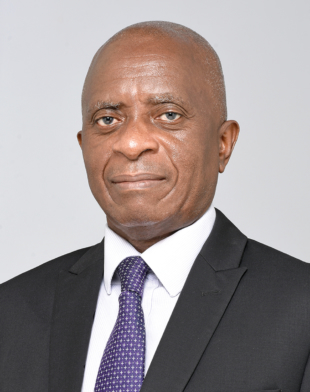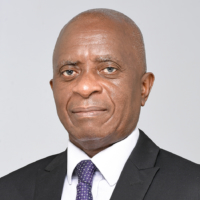Mozambique is blessed with an array of abundant mineral and energy resources, including the vitally important Cahora Bassa Dam that has been generating vast amounts of hydroelectric power for the country — as well as other parts of the region — for almost half a century.
The impressive dam sits on the famous Zambezi River and not only supplies huge quantities of energy to Mozambique, but plays a significant role in meeting the energy needs of surrounding nations, particularly South Africa.
Diversifying and strengthening the energy matrix is a key priority for Mozambique’s government over the next decade. In addition to harnessing the hydroelectric potential of the Cahora Bassa Dam, the country has made significant investments in alternative energy sources.
These include a series of new dams, solar energy and wind power, with such projects aligning with the administration’s energy transition objectives. Consolidating the energy matrix is the primary goal, with operational solar power plants already in place and others on the horizon. In addition, Mozambique is gearing up to launch its inaugural wind farms in a move that will further boost its renewable energy capacity.
Renewables offer huge power potential

“Natural gas is a valuable energy resource for us and contributes to diversifying the current energy matrix,” said Minister of Mineral Resources and Energy Carlos Joaquim Zacarias. “The southern part of the country already benefits from gas fired and thermoelectric power plants, with the latter alone producing around 100 megawatts.
“Additionally, efforts are underway to develop a 450-MW gas-powered plant that will make a significant impact. Mozambique’s energy advancements extend beyond borders, with agreements in place with Zimbabwe, Malawi and Zambia, as the country assumes the role of an energy hub.
“These initiatives involve expanding both generation and transmission capacities, thereby facilitating energy exchange and support for neighboring countries. Improving the transmission infrastructure to effectively distribute energy across different regions of the country stands as another major challenge. Mozambique’s power plants contribute to both domestic and cross-border energy supply.”
https://info.japantimes.co.jp/international-reports/pdf/20231227-GI-Mozambique.pdf
www.global-insight.net



